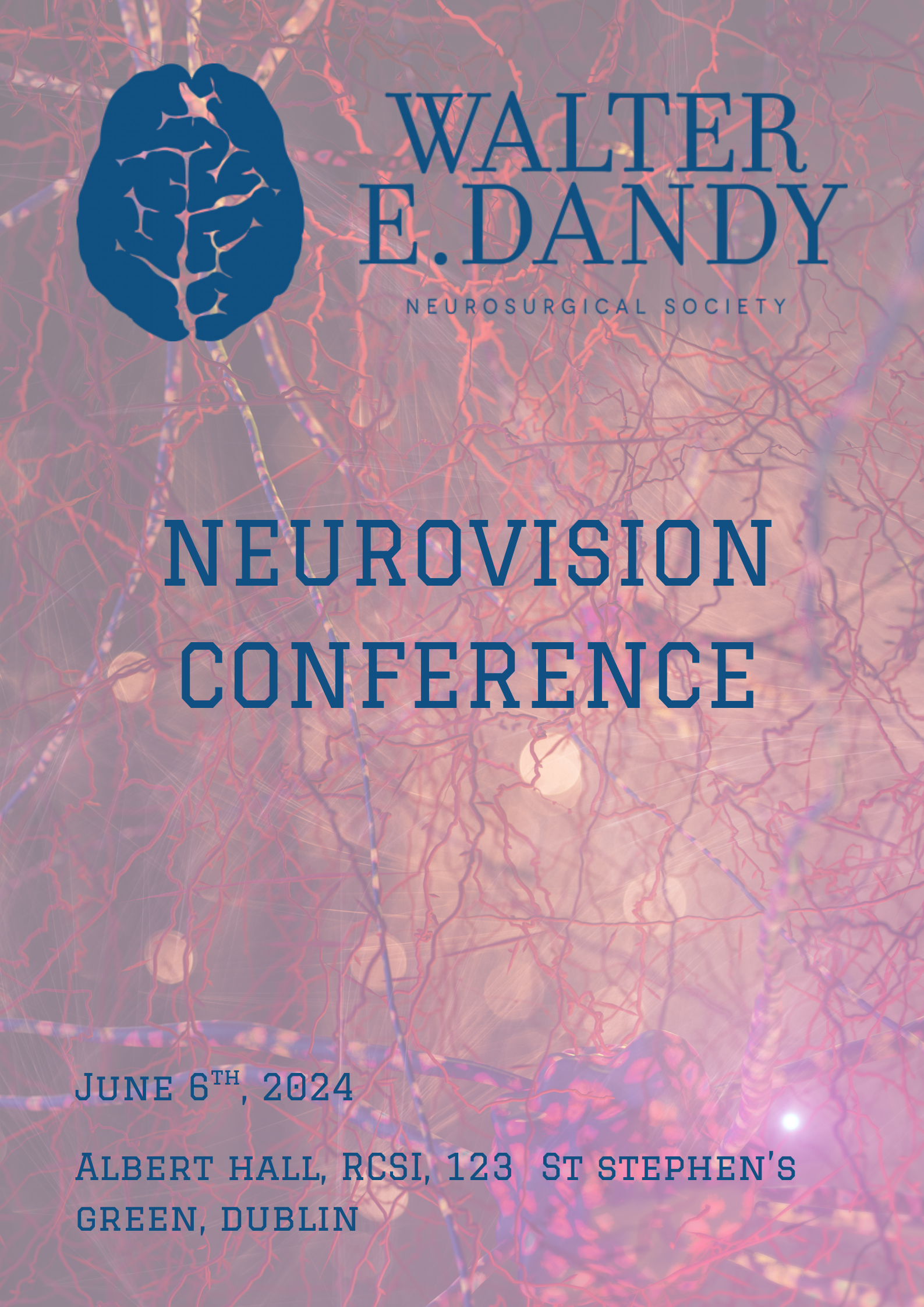A retelling of the first successful treatment of Total Posterior Craniopagus
DOI:
https://doi.org/10.33178/SMJ.2025.1.23Abstract
Introduction: The case of the first total posterior craniopagus twins in the Central African Republic highlights the complex challenges and remarkable outcomes in paediatric neurosurgery, particularly in resource-limited settings.
Objectives: The twins underwent a meticulous separation process at Bambino Gesù Hospital in Rome. A three-step separation was performed in order to construct two independent venous systems—the first part involving the separation of the tent and the first of the two common transverse sinuses. The second surgery scheduled was the separation of the upper sagittal sinuses and the junction point of the cerebral venous sinus, with the use of a neuronavigation. The final operation performed was the separation of the second transverse sinus and its tentorium and the reconstruction of the brain envelope. In total, the three-part surgery was spread over the time frame of 13 months.
Conclusion: The results of this surgery reaffirm that early surgical intervention combined with post- operative care and rehabilitation can optimise outcomes for complex congenital conditions. It also emphasises the importance of detailed pre-surgical planning, advanced imaging techniques, and a multidisciplinary approach in achieving a successful separation. Finally, this case underscores the critical role of neuroplasticity in children, where the brain’s remarkable ability to reorganise and adapt facilitates recovery post-surgery. Neuroplasticity was pivotal for the twins’ cognitive and motor development, resulting in a favourable clinical prognosis and quality of life.

Downloads
Published
Issue
Section
Categories
License
Copyright (c) 2025 Aura Ilovan

This work is licensed under a Creative Commons Attribution-NonCommercial 4.0 International License.









